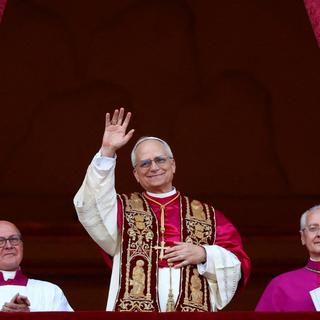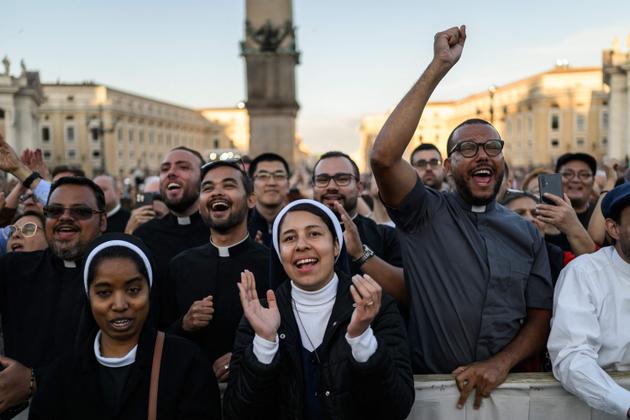


Leo XIV, a pope of balance and appeasement
ProfileThe American Robert Francis Prevost's affiliation with the mendicant order of the Augustinians, known for their commitment to tradition and charity, and his understanding of the Curia contribute to a reassuring image. Grounded in modernity and mindful of the marginalized, his pontificate promises 'unity' and collegiality.
When his name was announced, there was a murmur of confusion among the crowd gathered in Saint Peter's Square, Rome. "Prevost? Who is he?" In the election for the Throne of St. Peter, observers saw him as a serious candidate due to his ability to unite and bring peace to the Church. However, to the general public, Robert Francis Prevost, the 267th pope of the Catholic Church and the first to come from the United States, is unknown.
When white smoke appeared from the chimney of the Sistine Chapel on Thursday, May 8, shortly after 6 pm, onlookers were still betting on the victory of Pietro Parolin, former second in command to Francis and the anticipated favorite for the papacy. "It will be him, Parolin, with the papal name Paul VII," predicted two French priests. The speed with which the election was concluded – four rounds of voting, totaling 24 hours of conclave – seemed to support this hypothesis.
But it was Robert Prevost, from the Order of Saint Augustine, who was elected. He took the papal name Leo XIV. This choice places the new pontiff in the continuity of Leo XIII, the pope who forged the Church's social doctrine, notably through the encyclical Rerum Novarum ("Of New Things"), published in 1891. In short, the promise of a pontificate rooted in modernity and concerned for the poor, the marginalized, the excluded – the "peripheries," as Francis would have said, to whom Leo XIV paid a heartfelt tribute in his first speech.

You have 87.4% of this article left to read. The rest is for subscribers only.
